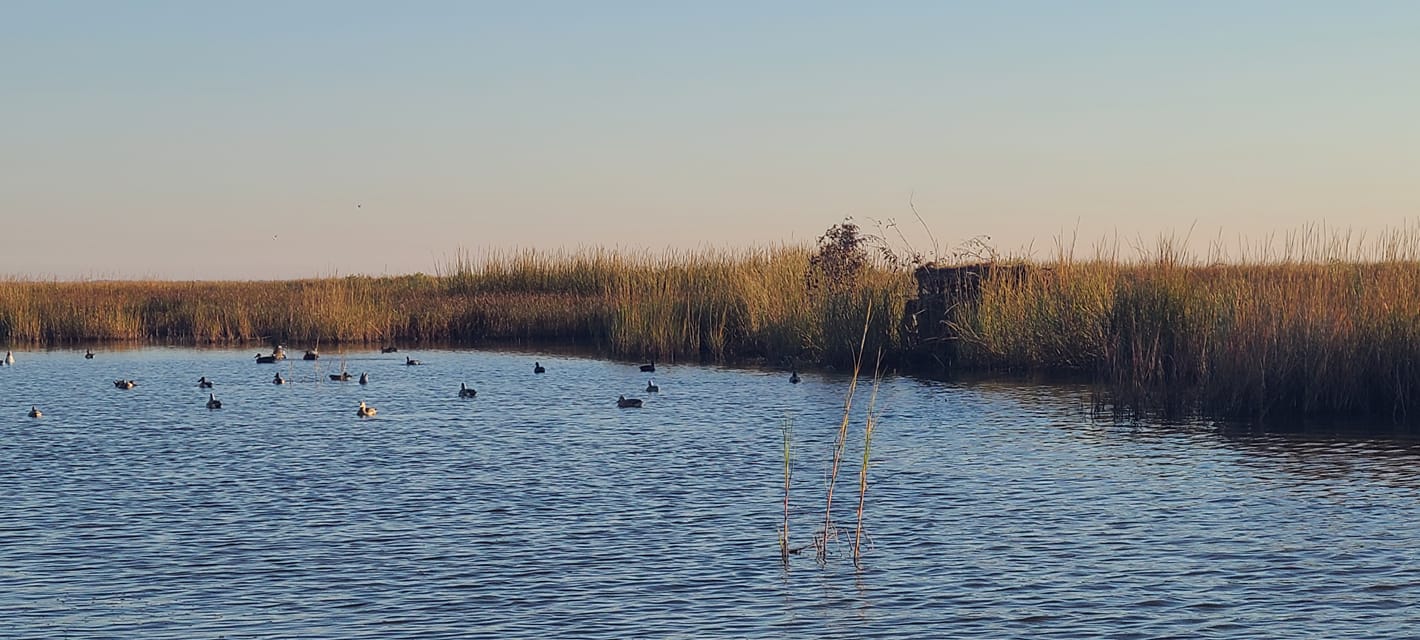
Hunting Blinds 101: The Basics of Choosing a Blind
Hunting Blinds 101: The Basics of Choosing a Blind
Every hunter knows that proper concealment can make or break your game. Every animal reacts to camouflage differently: hunting ducks often requires a lot of natural foliage low to the ground, you’ll have the best luck hunting deer if hidden in a tree, etc. Whatever you’re hunting, knowing how to hide is step one to a successful hunt, so we’ve put together a cost effective, beginner friendly, comprehensive guide to picking the right hunting blind.
Deer
Two options: treestands and ground blinds.
Treestands are the most effective way to hunt deer, but there are a few options to consider. Ladder stands are sturdy and great for quick and easy access, but they may be complicated to assemble. For a slightly easier set up, lock-ons are portable and allow for better concealment, although they may not feel as safe to stand on. If you’re looking to change your location frequently throughout the hunt, go with a climbing stand. The only downside to these stands is that they require a full tree with lots of branches and a sudden open space to secure the blind.
While hunting from a treestand may be the most efficient way to hide from deer, they’re not always the most realistic or cost effective. Plenty of successful deer hunters shoot from the ground as long as the blind is set up correctly.
When choosing the best location to plant your blind, we’ve got two major words of advice: do your field research and take your time. A few days beforehand, take a walk where you’re planning to hunt to scout out the right spot. Pick a place that has access to an open area or feeding ground with foliage around it: between two bushes along the perimeter of a meadow or under a pine tree with overhanging branches. Ground blinds require much less fuss as long as the right location is chosen, and they’re often slightly cheaper than a safe treestand.

Turkey
If you would rather kick back and wait for a turkey than chase one through the woods, there are plenty of coverage options. Any ground blind will do, but we recommend a double with no zipper. They’re roomier and won’t spook the target. If you can, get three or four of them so you can set up in multiple locations without making a sound.
Waterfowl
Picking the right blind for waterfowl hunting is highly dependent on your terrain.
If you’re on the water, it’s best to have a boat, but something as simple as a kayak will do. Boat blinds are often priced based on the length, so the longer the boat, the more expensive the blind. If you’re not looking to invest too heavily just yet, you can always hunt from the shore with a ground blind. Just make sure you’ve got some good decoys and a lot of coverage.
If you’re hunting somewhere flat with little foliage, a layout blind is key. Covering your blind with local brush is the best way to stay hidden, and if you hate the hassle of collecting grass and twigs for your blind every time you go out to hunt, try brushing with raffia. It’ll take a few hours but save you 30 minutes every trip for multiple seasons.
The most comfortable way to hunt waterfowl is with a pit blind. They’re stationary, spacious with lots of storage, and provide a place to sit. Pit blinds are typically reserved for experienced hunters that plan to shoot waterfowl on a weekly basis. They require a lot of manpower to install, and if covered poorly, they stand out like a sore thumb. If you feel like taking the leap, take your time choosing where to plant your blind and covering it with local foliage. It may take a day to camouflage, but you won’t have to fuss with it for the rest of the season.

Elk
Like turkey, you’re going to hear a lot of hunters advise newbies to spot and stalk when hunting elk. While this is a useful tactic, waiting in ambush from a ground blind is an often overlooked strategy. Setting up a ground blind in the right location can prevent scaring the elk away when stalking and provide comfort for a better shot.
When choosing a location, it’s best to set up near a watering hole or feeding ground, like a meadow. Wherever you land, make sure there are signs of fresh activity, like tracks or feces. Elk often return to the same secluded locations. Lastly, take into account the wind. Elk often travel downwind, so setting yourself up directly through their path will increase your chances of spotting one.
Coyotes
For those up for the challenge, coyote hunting is a great way to finish off deer season. Hunting coyotes requires some distance, so setting up a 360 elevated blind or ground blind far away from your target will provide the best results. Plant yourself in view of feeding and watering areas, but distance yourself enough that the coyote won’t pick up on your scent.
It’s always great to read chats and articles when you’re looking to get into something new, but remember, hunting is a sport. The best way to learn a sport is to go out and do it. See you in the field.
- Joseph M. Stern





